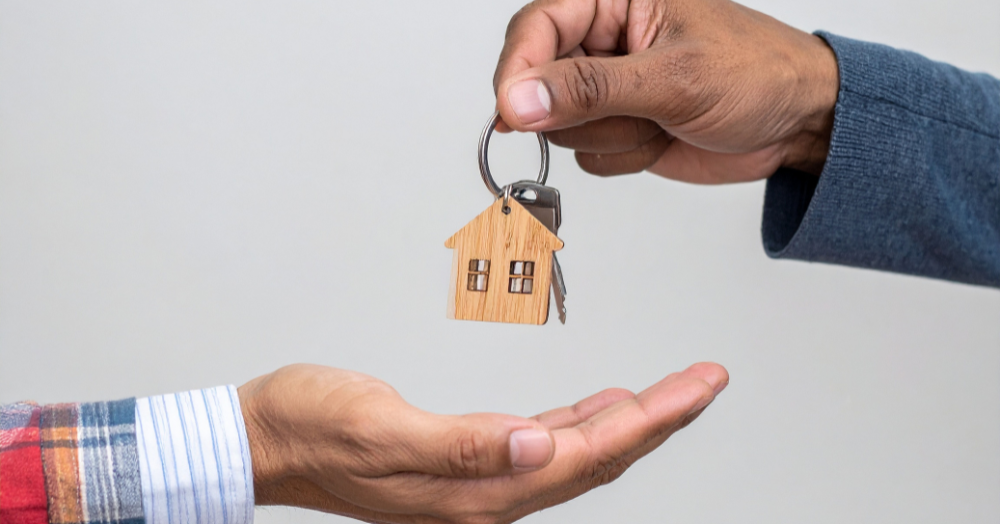Thinking about buying a shared ownership property to get your foot on the property ladder? Discover the pros and cons of this affordable housing scheme for first-time buyers.
For many people dreaming of owning a home, especially first-time buyers, rising house prices and high deposits can make the property ladder feel out of reach. The relief comes with schemes like Shared Ownership, which have become increasingly popular. But is shared ownership the right choice for you? Let's explore the key benefits and drawbacks so you can make an informed decision.
What is Shared Ownership?
Shared ownership is a government-backed affordable housing scheme that allows buyers to purchase a share of a property (usually between 25% and 75%) while paying rent on the remaining portion, which is owned by a housing association. Over time, you can increase your share through a process known as 'staircasing,' which involves buying additional shares in your property. This can be done in increments, usually of 10% or more, until you own the property outright.
The Advantages of Shared Ownership
✅ Smaller Deposit Requirements
Since you're buying only a percentage of the home, the deposit required is based on that share. This makes shared ownership particularly appealing to first-time buyers with limited savings.
✅ Lower Monthly Mortgage Payments
You only take out a mortgage for the share you own, so your repayments may be lower compared to buying the whole property.
✅ Step onto the Property Ladder Sooner
Shared ownership offers a route into homeownership when buying outright might not be affordable. Instead of renting indefinitely, you can start building equity in a property.
✅ Flexibility to Increase Your Share
If your financial situation improves, you can gradually purchase more of your home through staircasing, giving you the power to adapt as your circumstances change.
The Disadvantages of Shared Ownership
⚠️ Rent Still Applies
Even though you own a portion of the property, you'll still need to pay rent on the share you don't own. Over time, this rent can increase.
⚠️ Leasehold Restrictions
Most shared ownership homes are leasehold. This means you may incur additional service charges for the maintenance of communal areas, ground rents that you pay to the freeholder, and restrictions on the use of the property, such as not being able to make significant alterations without permission, or running a business from the property.
⚠️ Staircasing Costs Add Up
While increasing your share may sound straightforward, each stage comes with additional legal fees for the transfer of ownership, valuation costs to determine the current value of the property, and potential mortgage arrangement fees if you need to increase your mortgage. These costs can add up, so it's important to factor them into your budget.
⚠️ Selling Can Be More Complex
When you want to sell, the housing association usually has the right to find a buyer first, which can slow down the process compared to selling a home on the open market.
⚠️ Not Always the Cheapest Option
When you factor in your mortgage, rent, and service charges, shared ownership may not always be cheaper than renting or buying outright—especially over the long term.
Is Shared Ownership Right for You?
For many first-time buyers, shared ownership provides an affordable way to step onto the property ladder. It offers lower upfront costs and the chance to move away from renting, but it also comes with limitations that need careful consideration.
Before making a decision, it's always worth speaking with a mortgage adviser or property expert to fully understand the financial commitment and whether shared ownership aligns with your long-term plans. This support can be invaluable in making the right choice for you.
👉 If you're exploring affordable housing options, including shared ownership and traditional property sales, our friendly team is here to help guide you every step of the way.

